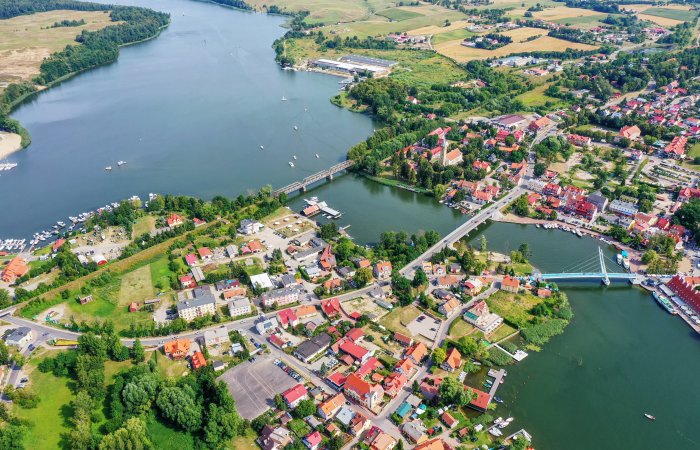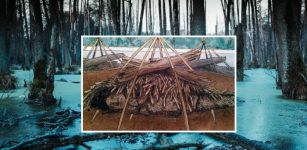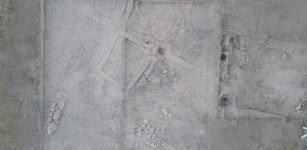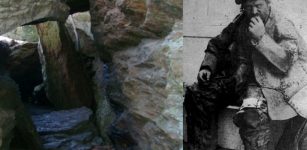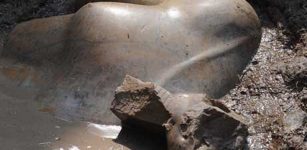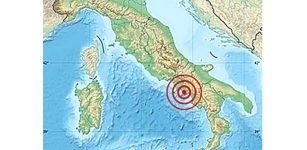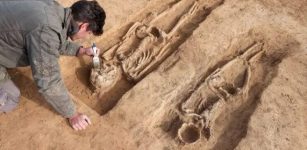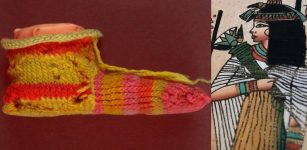Unusual Archaeological Object Reveals Traces Of Prehistoric Settlements Mikołajki
Conny Waters - AncientPages.com - Archaeologists excavating in Mikołajki, Poland, have made a surprising discovery. Researchers announced they had encountered an unusual archaeological object providing traces of prehistoric and late Medieval settlements.
The Warmia and Mazury Conservator of Monuments announced archaeologists, during excavations in the city center at Orzyszowa Street, discovered a granite stele that could be a place associated with ancient beliefs. The Association for the Protection of Cultural Heritage carried out the work in connection with a construction project.
Mikolajki - the city of Mazury in north-eastern Poland. Credit: Adobe Stock - Janusz Lipinski
PAP reports Maciej Stromski, president of the association and archaeologist, informs, "an unusual archaeological object was discovered near the top of one of the highest hills in the area, from which there is a view of Mikołajskie Lake. It was a granite stele, about 70 cm high, with two hewn trough-shaped quern stones at its base. The entire structure was reinforced and surrounded by stones of various sizes. Fragments of prehistoric ceramic vessels were discovered next to the stele, including a strainer vessel.
‘The place could be associated with ancient beliefs. Two pits were recorded near the object, in which historical material in the form of numerous fragments of vessels was discovered. Its analysis allowed us to assign it chronologically to the Iron Age’, explains the archaeologist.
He adds that the pottery fragments discovered in the backfill of the stele and the surrounding pits indicate that they were used by both the people of the West Baltic Barrow culture and the Bogaczewo culture."
According to the archaeologist, at the foot of the hill, closer to the shore of the lake, the researchers discovered the remains of a late-medieval cottage, probably a semi-dugout. The structure had dimensions of 3.2 by 3 m. The house was dug into a clay base and had walls made of transversely arranged boards, which also formed a kind of formwork. The floor was a clay earthen floor, probably covered with transversely arranged pine planks. There was a hearth in the central part.
During the exploration, the researchers discovered large amounts of historical material from the era in the form of over 200 fragments of vessels and animal bones. Around the object they found post holes, remnants of other wooden structures. Nearby, a pit was found, in which the remains of a wild boar or pig were discovered.
See also: More Archaeology News
"According to the archaeologists, the research results are not only unique for Mikołajki, but they also expand the state of knowledge about the prehistory of the entire region," Science in Poland reports.
Written by Conny Waters - AncientPages.com Staff Writer

